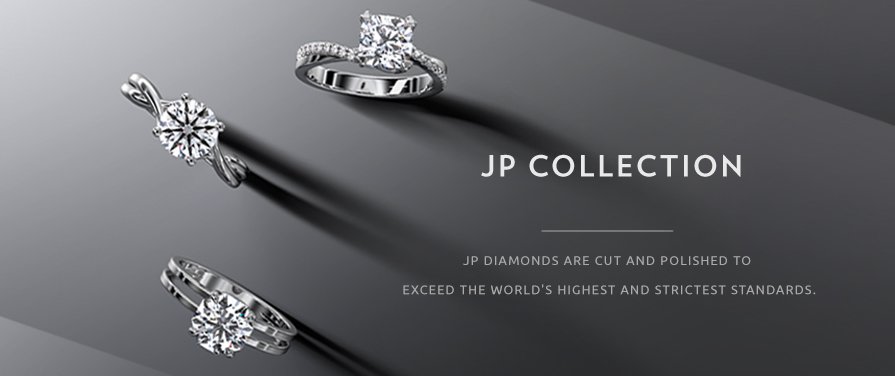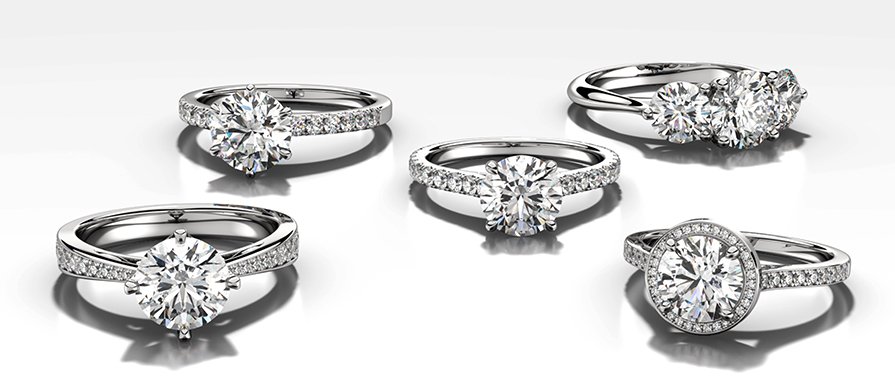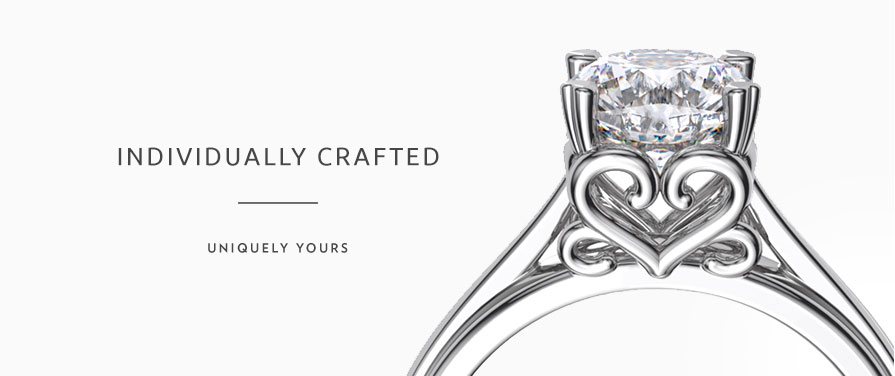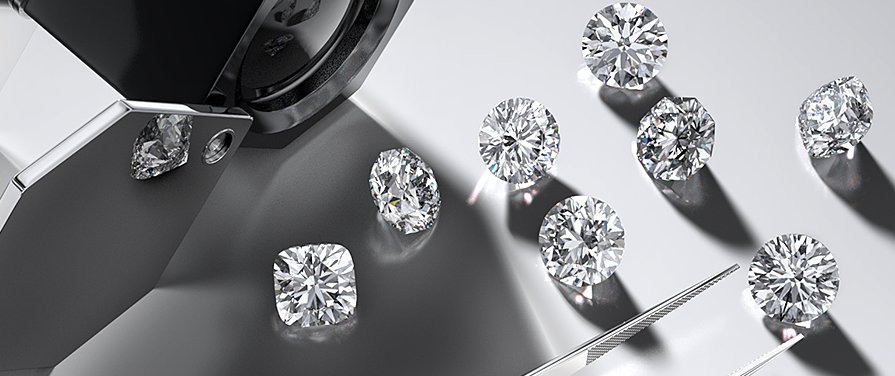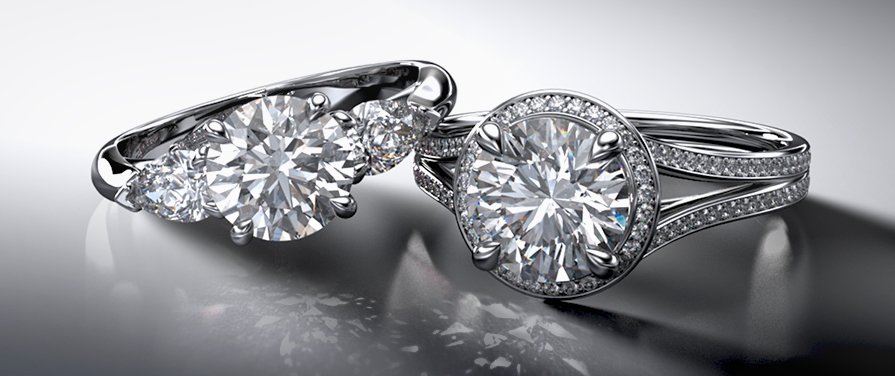Aset Scope
History
The ASET (Angular Spectrum Evaluation Tool) scope was introduced by AGSL in 2005 after 30 years of research by the AGS Diamond Grading Standards Committee. Since then, it has been the foundation of their three-dimensional cut grading system and the AGS Ideal light grading.
ASET scope
The ASET scope is simple to use yet it provides an in-depth understanding of the graphical portions of the sophisticated light performance grading system used by the American Gem Society and its Laboratory. It works similar to the
ASET colour coding
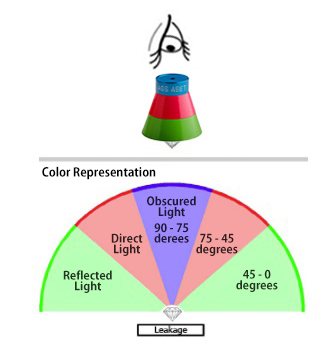
Red - represents light drawn from 45° to 75°, where there is likely to be bright and direct sources of light exposure in
Blue - is commonly referred to as the Head Shadow which is formed when
Green - produces a lower intensity light return, usually reflected off walls or other objects from the surrounding area (instead of light coming from a direct source). This is usually considered as the weakest sources of light input coming from a 0° to 45° angle. Green areas will have weaker brightness compared to red areas. A Super Ideal Cut diamond will show minimal green around the bezel area of the ASET image.
Brightness and Contrast
Brightness - refers to the amount of white light return to the observer. With a well-proportioned and a

Contrast - is the light and dark patterns seen when observing a faceted diamond. Below is an image to highlight the importance of contrast. Generally, people tend to prefer the image on the right which displays contrast patterning, resulting in a more aesthetically appealing image as compared to the unpatterned white image on the left. In addition, on top of having contrast patterning, it needs to be symmetrically distributed.
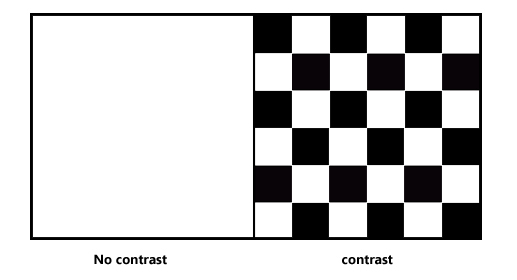
Below shows a Super Ideal Cut diamond that is cut to maximum brilliance, striking a fine balance between brightness and contrast. The ASET Scope image shows dominant red areas with minimal light leakages which translate to a bright diamond complemented with 8 symmetrical blue arrows acting as contrast.
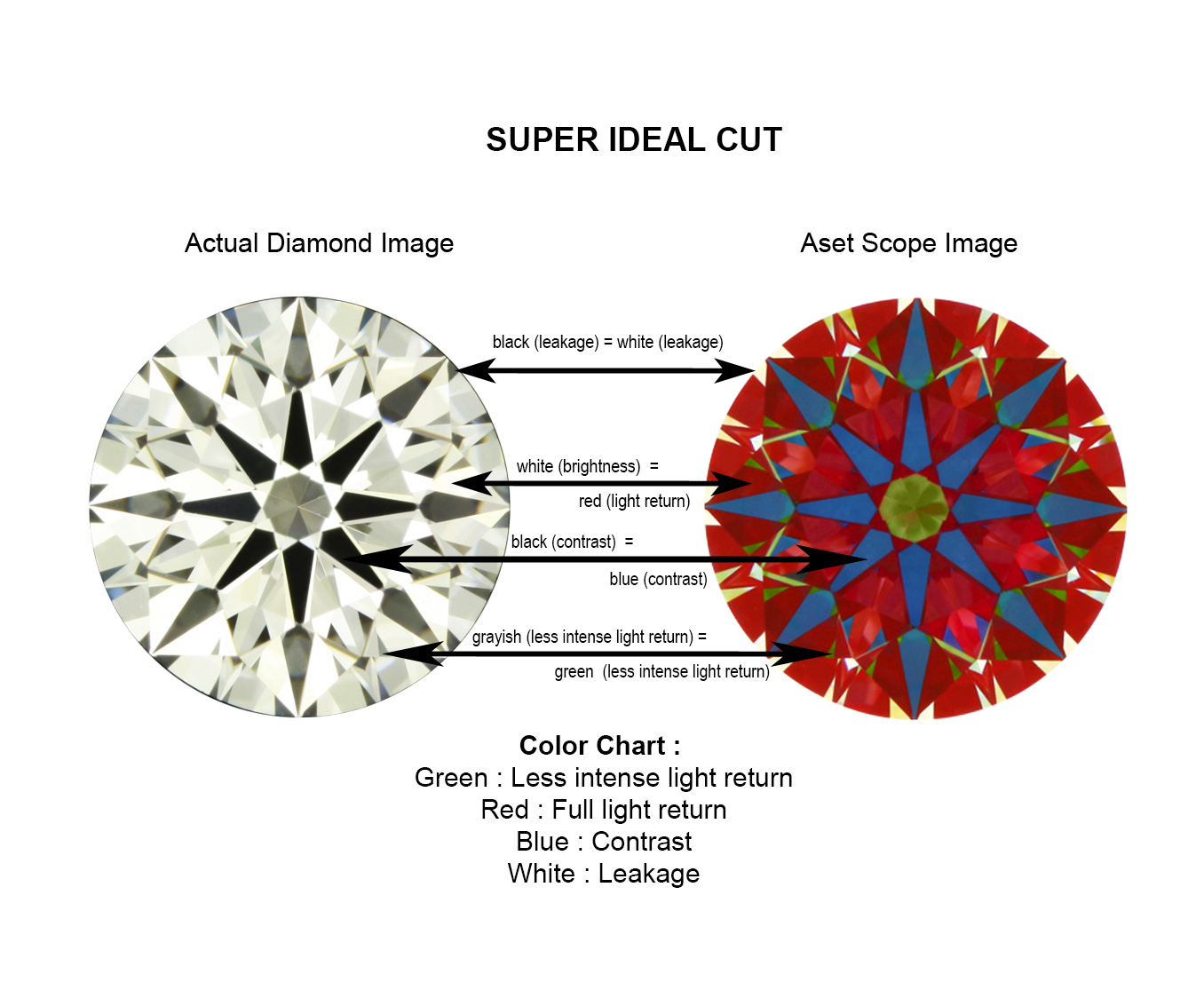
Below is an example of a typical triple excellent diamond with light leakages at the centre of the diamond. A white circle (also known as
In addition, this diamond lacks contrast patterning as there
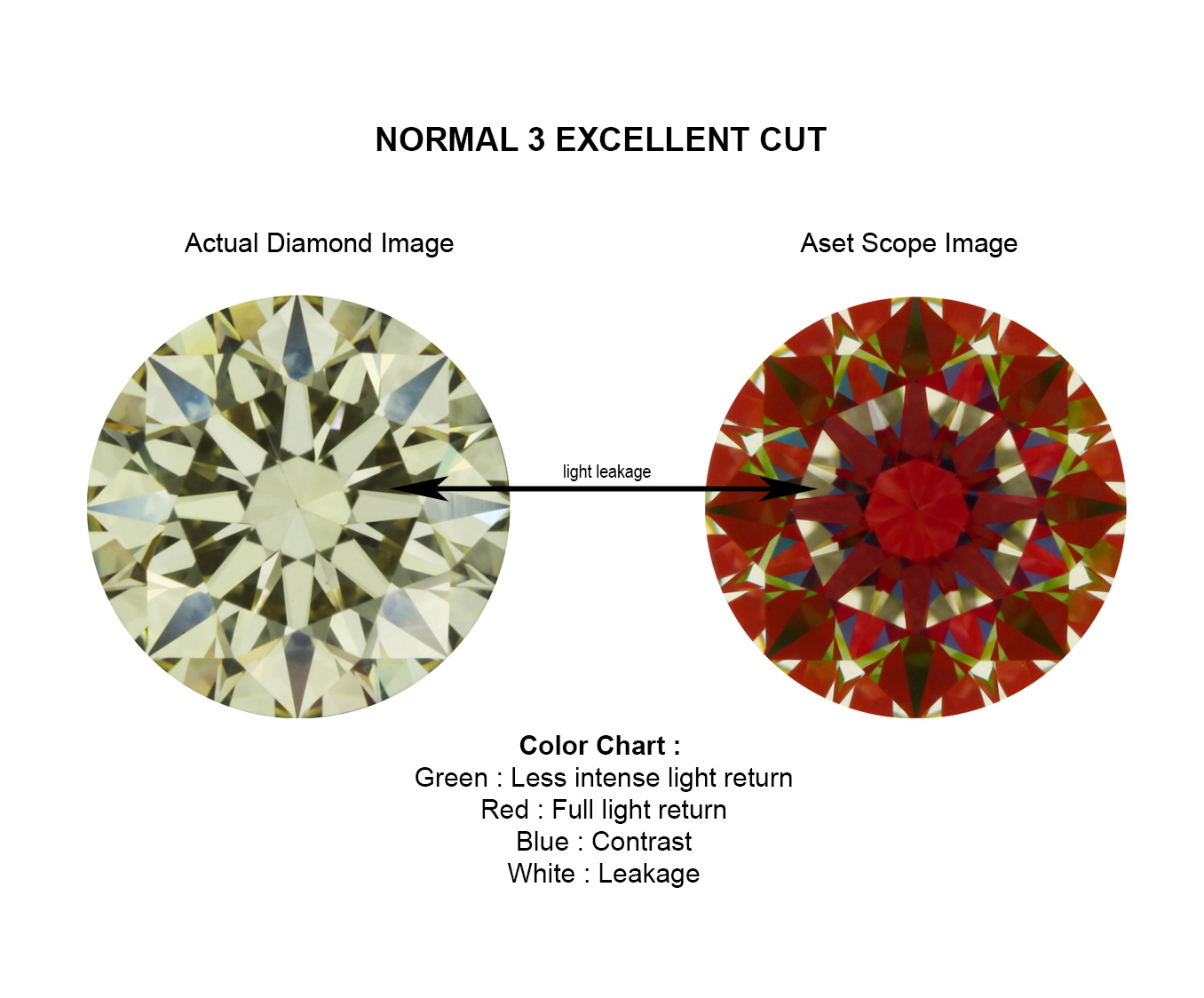
An ASET Scope image can also easily detect
Moreover, this diamond lacks contrast patterning which looks messy on the actual diamond, diminishing the brilliance of the diamond.
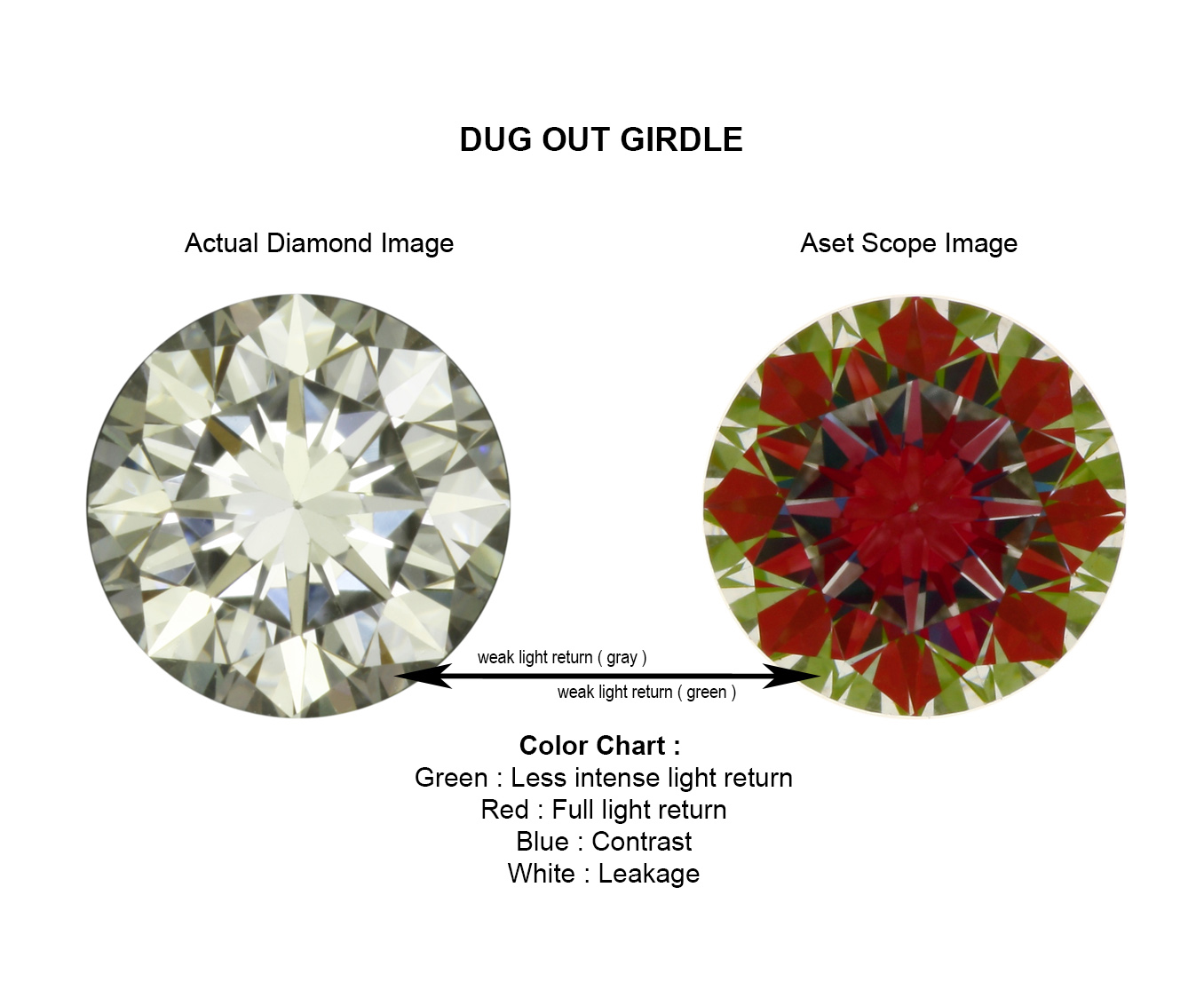
Fire and Scintillation
Fire or dispersion of light - is the flashes of rainbow

Scintillation - refers to the sparkles and flashes you see as you move the diamond. For a good scintillating diamond, the sparkles and flashes spread evenly throughout the diamond. On the other hand, for a poorly cut diamond with light leakages, dark spots can be seen when you move the diamond which resulted in poor scintillation with
Below is a comparison of cushion cut diamonds showing Brellia and a normal Cushion Cut diamond.
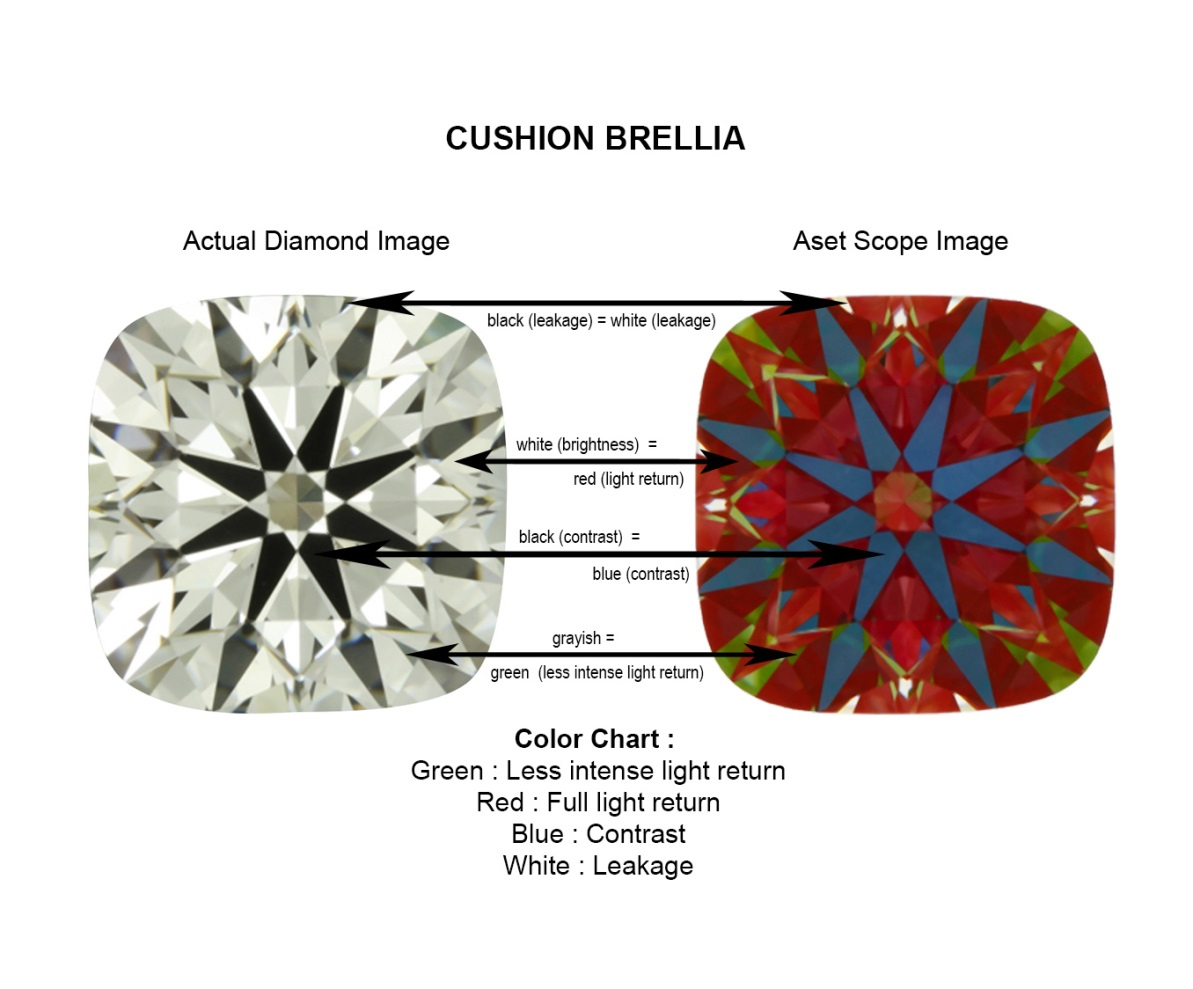
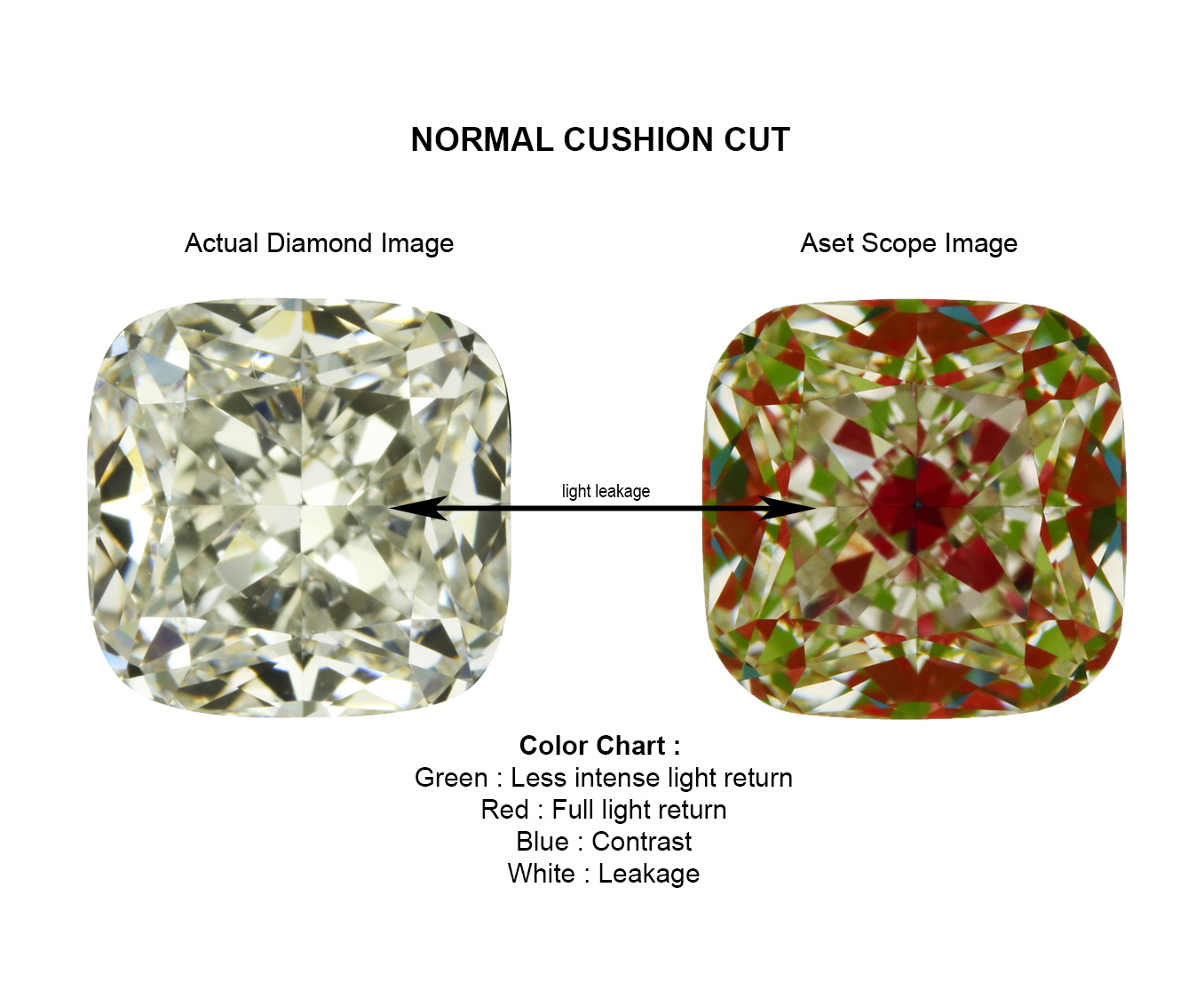
The cushion Brellia at the top is cut to have minimum light leakages, maximising on light return. It has an ASET scope image similar to that of a Super Ideal with dominant red areas and 8 symmetrical blue arrows. The brilliance of the diamond is optimized with a
Patterned Scintillation
Patterned scintillation refers to the contrast patterning as you move the diamond. When the diamond is tilted, the bright and dark spots still exist but exhibit a different pattern. A
The ASET scope image can also tell us if the diamond exhibits
ASET Image and
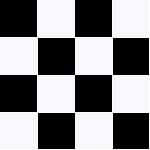
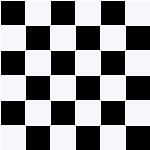
The ASET Scope images of the Super Ideal and the 91 facets Solasfera above show symmetrical arrows perfectly aligned with minimal light leakages. Both display a nice pattern and a good distribution of scintillation.
However, the Super Ideal and Solasfera exhibit different types of patterned scintillation. By changing the length of the lower girdle facets, the thickness of the arrows is altered and thus altering the scintillation. By having a longer lower girdle, it resulted in thinner arrows which
The video below






